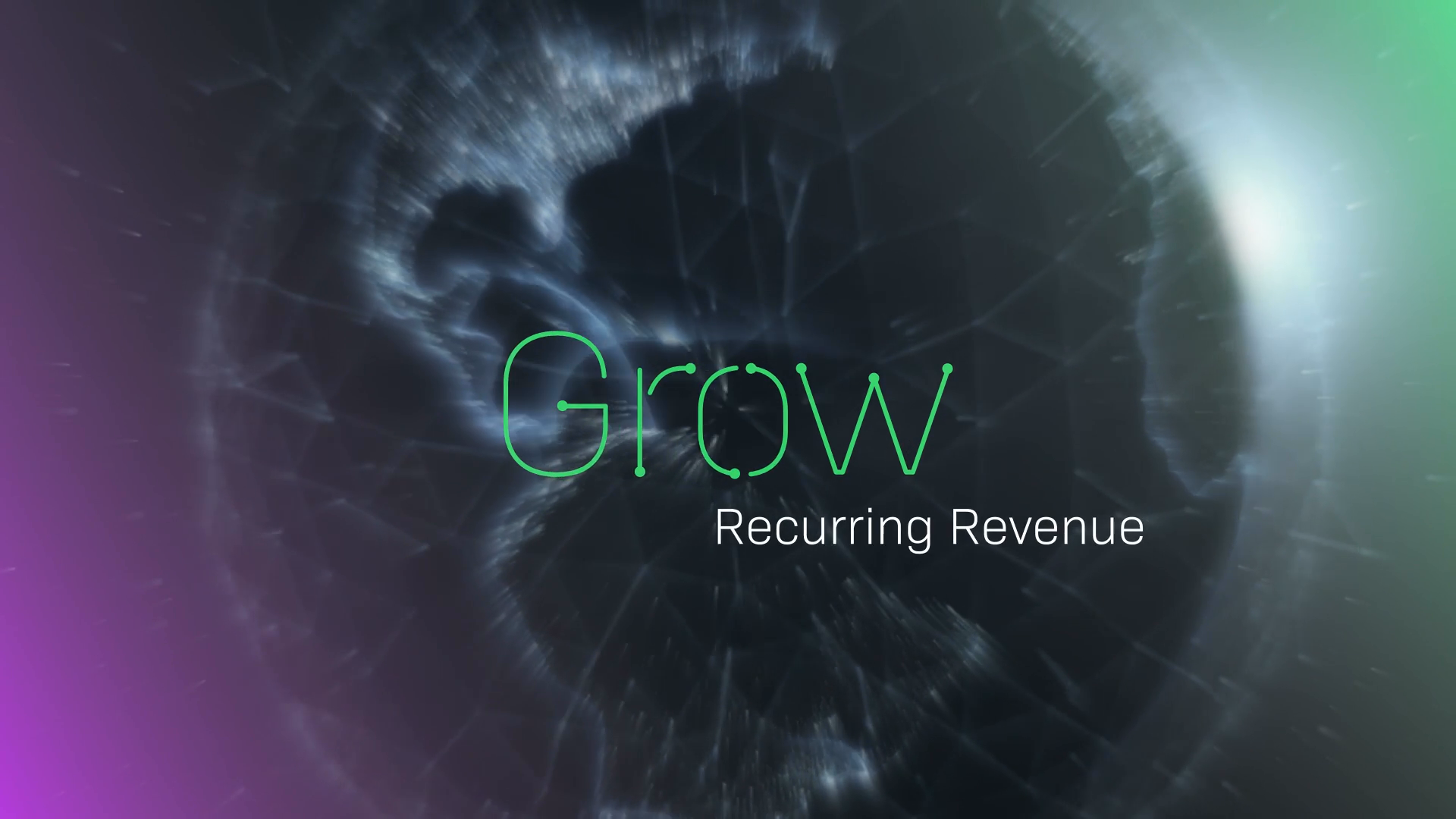SOFTWARE MONETIZATION
Software & IoT Monetization
Monetize What Matters and Become a Digital Leader
Revenera Software Monetization
A Great Technology Business Needs Great Processes
Revenera provides the enabling technology to take products to market fast, unlock the value of your IP and accelerate revenue growth – from the edge to the cloud.
Revenera’s Monetization platform is the global standard for electronic software licensing and entitlement management. It helps you implement your digital business model, define packaging options for your software, manage customers and their use rights and deliver software and updates.
Generate more software revenue and save cost and effort through operational excellence:
- Implement and enforce your business models
- Realize the value of data and usage insights
- Manage software, devices and customers
- Deliver and install software based on customer entitlements
HIGHLIGHTS
- Managing tens of millions of entitlements for more than 10 million users
- More than 100 million software updates per year
- 2025 IoT Breakthrough “Overall Enterprise IoT Platform of the Year”
- Frost & Sullivan 2022 Global Software License Management Market Leadership Award
MONETIZATION PRODUCTS
BUSINESS SOLUTIONS
SERVICES & TRAINING
Resources
Case Study
CivilGEO Unlocks New Revenue Streams with Hybrid Monetization
Discover how Revenera's ISO/IEC certified platform improved security while enabling cloud deployments.
eBook
The SaaS Product Manager’s Playbook for Profitable Growth
Your guide to making smart product decisions that fuel revenue, drive long-term customer retention, and position your SaaS business for continued success.
Case Study
a.i. solutions® Launch Flexible Licensing to Accelerate Growth
See how they saved two years in development time, reduced support tickets by 500%, and continue to grow.
Industry Report
Forrester Total Economic Impact Study
Learn More About 426% ROI and Operational Efficiencies Enabled by Revenera
Webinar
Implementing Innovative Pricing Models and Achieving Profitability in the Face of Rising Cloud and AI Costs
Wednesday, July 23, 2025
Don’t miss this opportunity to reimagine your software monetization strategy and gain expert guidance on implementing innovative pricing models. Reserve your place today to access insights that can transform your approach to profitability and growth.
Webinar
Accelerating Time-to-Market for New and Acquired Software Products
Tuesday, August 26, 2025
Don’t miss this unique opportunity to learn from an industry leader driving successful digital transformation in power management. Equip your team with actionable insights and strategies while staying ahead in the rapidly evolving software landscape.
From the Blog
Blog
Customer Data Analysis: Unlocking Growth via Software Usage Reports
Blog
How to Accelerate Your Quote-to-Cash Process
Blog
How to Launch Usage-Based Pricing for SaaS and AI
Want to learn more?
See how Revenera's Software Monetization platform can help you take products to market fast, unlock the value of your IP and accelerate revenue growth.
